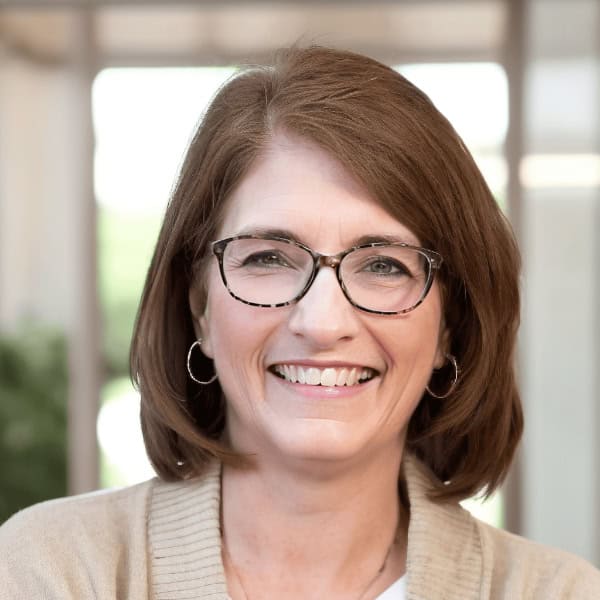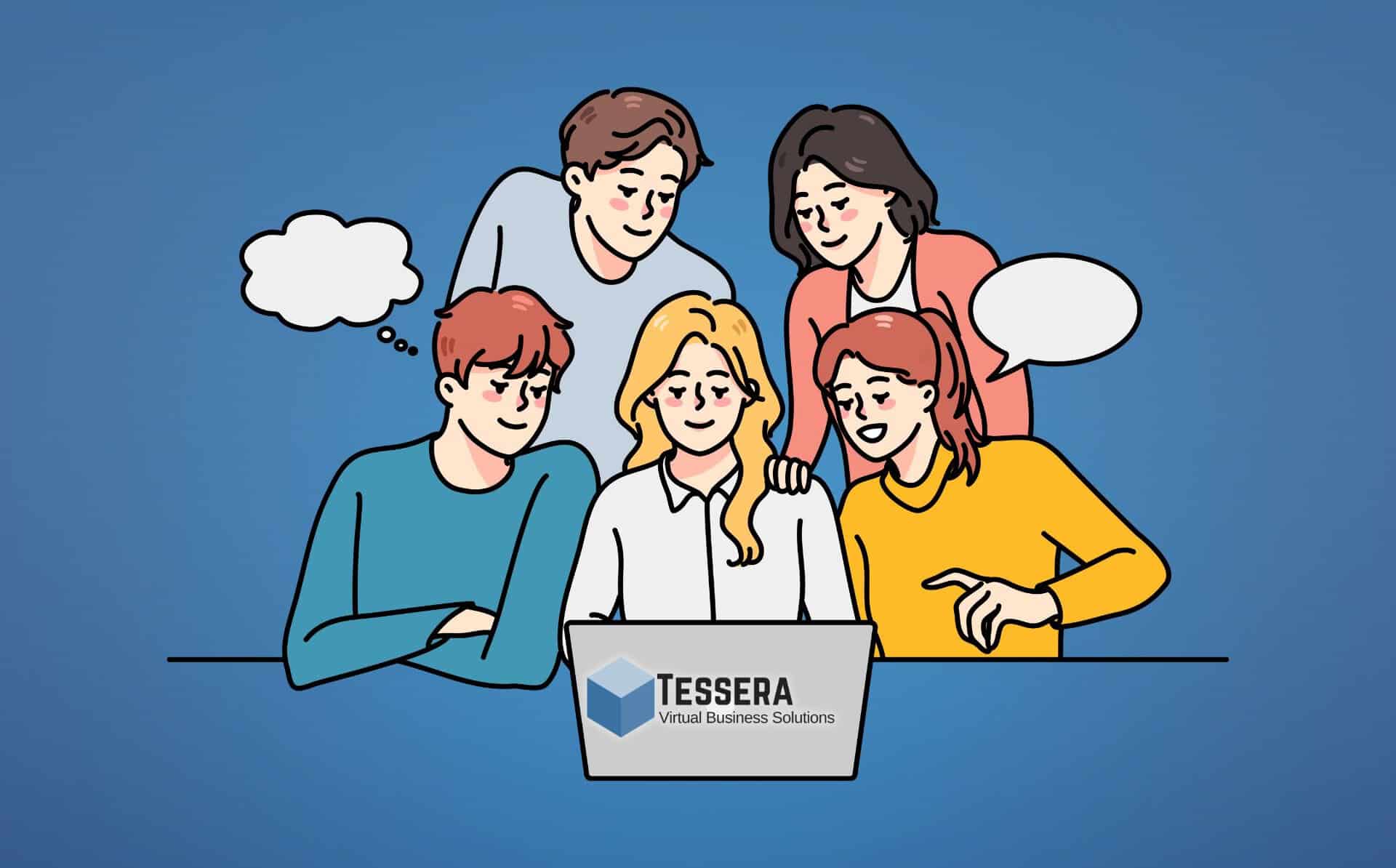Choosing to hire a consultant to build your Asana instance and work with your team on collaboration is a big decision. You want to bring in the right fit – someone with expertise, but also the right kind of experience.
You have plenty of questions, but you don’t want to spend much time interviewing potential Asana experts, asking how the consulting works, and hoping their plan works with your team.
So I’m giving you our Asana consulting plan here in black and white, so you can decide for yourself if we here at Tessera are a good fit for you. Of course, this is just a high level overview of the process. I’m happy to go into more detail when we hop on a complementary discovery call.
But here’s a quick look.
Discovery Call
We will start with a no-obligation discovery call. During this call, we’ll discuss your Asana needs and current challenges, and I’ll ask targeted questions to understand your unique situation better. Things like “What challenges do you have that you hope Asana can solve?” “What do your current processes look like?” “What features of Asana do you know you want to explore further?”
You’ll also have the opportunity to ask me any questions you might have about Asana’s functionality, capabilities, etc. Or about the way we will work together during the engagement. Together, we’ll outline a potential project scope that aligns with your goals.
Proposal and Onboarding
After our discovery call, we’ll send you a detailed proposal. You’ll have time to review it, choose the exact services that fit your needs, and, when you’re ready, sign the agreement and send the payment. This step ensures we’re fully aligned and ready to get started on your Asana consulting and training engagement. Once the agreement is signed, I will send you a link to schedule our first consulting session. But first, I’ll do a little looking under the hood.
Access and Audit
When the agreement is signed, you’ll provide me with guest access to your Asana instance. This allows me to conduct a comprehensive audit of your current setup. I’ll identify opportunities for improvement and create a written report with actionable suggestions. We will use this report as a roadmap for our future sessions and as a reference for you to execute a more efficient and productive Asana experience for your team.
Session 1 – Review and Initial Improvements
In our first session, we’ll go over the audit and answer any questions you may have. In a typical written audit, I will pose questions about your Asana setup, projects, and processes to understand your workflows better. So this will be a time that you can answer those questions for me.
We will begin working on the areas identified for improvement. Whether it’s architecting your Asana instance, building out new projects, refining existing workflows, or optimizing templates, we’ll start making tangible progress in this one hour session.
Between sessions, you will continue to implement changes, add projects, forms, and templates in Asana. I will be “on call” via Asana messaging for any asynchronous questions or support that you may need. You can expect an answer to your question within 24 hours on business days.
I have found that this offer of support between sessions is what sets us apart from others who provide Asana consulting services. We know you need questions answered while you are working in Asana, not a week later.
Session 2 – Best Practices and Team Training Agenda
In our second session, we will continue to work through the Asana improvement roadmap we created with the audit report. I will follow your lead to determine how we need to move forward. In this session, we will finalize a general structure of Asana that the full organization will follow.
We’ll begin to create a Best Practices and Expectations (BPE) document tailored to your organization. This will be an important piece of a successful adoption of Asana with your team. Or if your team is already using Asana, we want to put in writing the things that are important for everyone to follow in order to collaborate better in the tool.
Together, we’ll also determine the agenda for the upcoming team training based on your specific needs. If your team is new to Asana, we will make sure to cover the basics. If they are more seasoned Asana users, we will cover the areas that are a bit more advanced. Creating this customized agenda ensures that our training session will be highly relevant and effective.
Session 3 – Hands-On Team Training
Now the fun really starts! Our third session is a hands-on training tailored to your team’s needs. I ask all the participants in this training to come ready to dig into Asana on their own computers with their video screens turned on.
This practical, interactive training session will give each participant a chance to use the new projects, custom fields, forms, and rules we have created in Asana during our earlier sessions.
It will also give them an opportunity to weigh in on changes and give feedback. This session is designed to give team members the confidence to use Asana in a daily rhythm that will maximize their time.
This session is a turning point for my client teams. They leave with new insights and an excitement to fully use Asana’s capabilities to help themselves, the team, and the full organization.
Session 4 – Flexibility for Final Adjustments
Our fourth session is flexible, allowing us to either conduct a second team training or a final live consulting session.
If there are more architecting questions you want to resolve or if you want to brainstorm how to move other organizational processes into Asana, a final consulting session with just you may be the right option.
If your team needs further training to help them understand more advanced features of Asana like custom rules or reporting features, you can use this final session for the whole group or a subset of the whole group.
This flexibility ensures we can address any remaining issues or fine-tune your Asana setup to perfection.
Ongoing Support – 90 Days of Access
The cadence of the first four sessions is typically in approximate two week intervals. Of course, this cadence can be sped up or slowed down as you see fit.
If you complete the first four sessions in six weeks, you then have the remaining time to use my support via Asana messaging for the remaining six weeks.
We have found that the 90 day time period is the perfect amount of time to keep you and your team engaged in the Asana rollout or improvement process, while also giving you space to use what you are building and learning in your day-to-day work.
If you encounter specific Asana issues, need help problem-solving, or want to continue improving your workflows, I’ll be here to assist you.
Ready to Optimize Your Asana Experience?
By partnering with me, you’ll gain not just a consultant but a dedicated partner committed to enhancing your productivity and workflows. Let’s transform the way you work together, making Asana an even more powerful tool for your team. Schedule your discovery call today and take the first step towards a more efficient and organized workflow.
Would you prefer to learn at your own pace?
Take a look at the Asana Simplified Course for small teams.

About the Author
Paula Holsberry is the founder of Tessera Virtual Business Solutions, specializing in optimizing work processes for remote teams. With experience in both start-ups and larger companies, she helps teams maximize productivity through efficient Asana training and consulting.


